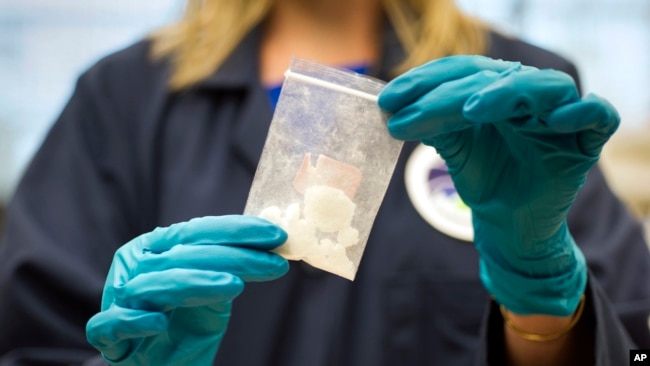MarathonMike
Diamond Member
Here we go, more lawsuits are coming. Drug companies are finally being held accountable for pushing Opiates.
Arizona Accuses Insys of Fraudulently Marketing Fentanyl Painkiller
Arizona Accuses Insys of Fraudulently Marketing Fentanyl Painkiller





